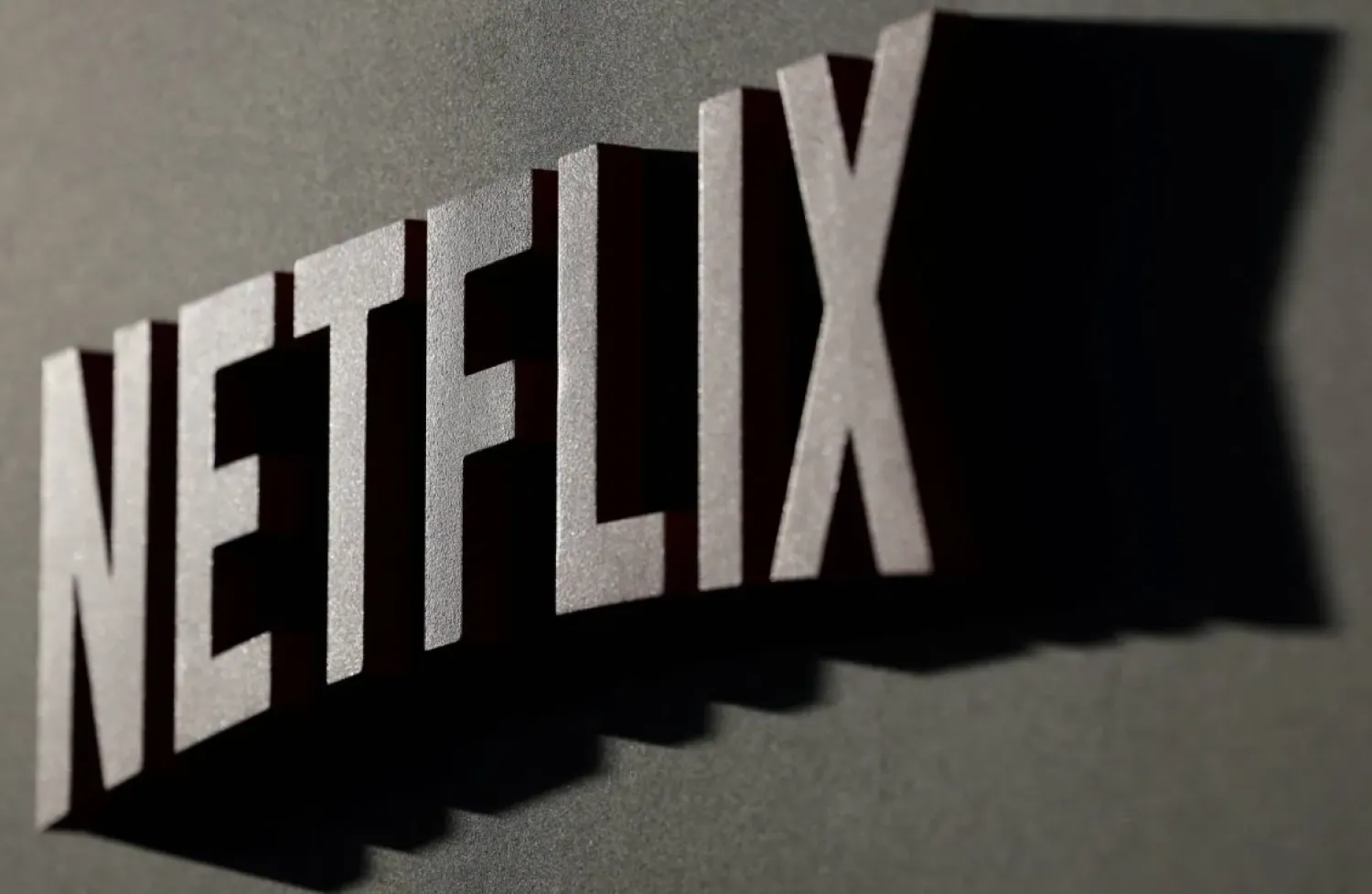Organizers of the Eurovision Song Contest on Monday announced a final list of 35 countries that will take part in the glitzy pop-music gala next year, after five countries said they would boycott due to discord over Israel’s participation.
Contest organizers announced the list for the 2026 finale, set to be held in Vienna in May, after five participants — Iceland, Ireland, the Netherlands, Slovenia and Spain — earlier this month announced plans to sit it out.
A total of 37 countries took part this year, when Austria's JJ won. Three countries — Bulgaria, Moldova and Romania — will return, after skipping the event for artistic or financial reasons in recent years.
The walkout by some of the contest's most stalwart and high-profile participants — Ireland shared the record of wins with Sweden — put political discord on center stage and has overshadowed the joyful, feel-good nature of the event.
Last week, the 2024 winner — singer Nemo of Switzerland. who won with the pop-operatic ode “The Code.”— announced plans to return the winner’s trophy because Israel is being allowed to compete.
Organizers this month decided to allow Israel to compete, despite protests about its conduct of the Israel-Hamas war in Gaza and allegations that Israel manipulated the vote in favor of its contestants.
The European Broadcasting Union, a group of public broadcasters from 56 countries that runs the glitzy annual event, had sought to dispel concerns about vote-rigging, but the reforms announced weren't enough to satisfy the holdouts.
The musical extravaganza draws more than 100 million viewers every year — one of the world's most-watched programs — but has been roiled by the war in Gaza for the past two years, stirring protests outside the venues and forcing organizers to clamp down on political flag-waving.
Experts say the boycott ahead of the event's 70th anniversary amounts to one of the biggest crises the contest has faced, at a time when many public broadcasters face funding pressures and social media has lured away some eyeballs.
Israeli officials have hailed the decision by most EBU member broadcasters who supported its right to participate and warned of a threat to freedom of expression by embroiling musicians in a political issue.









